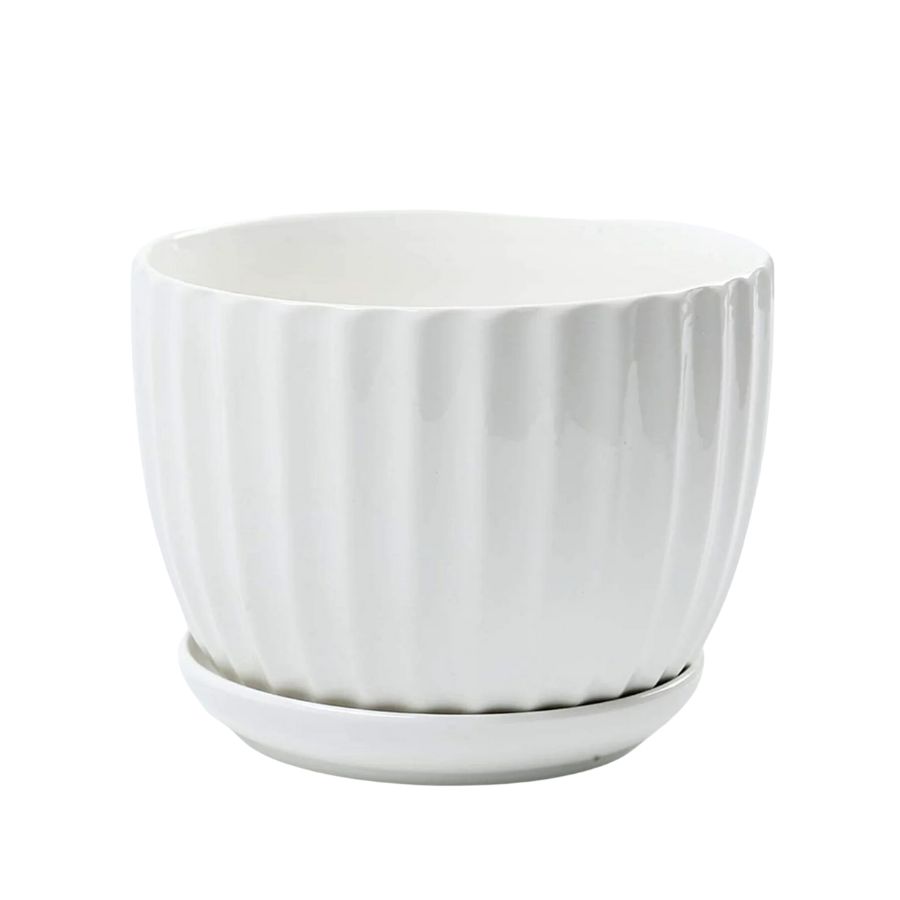How to propagate a Christmas cactus - 5 tips to growing your own from cuttings
If you're looking for a pretty pink Christmas cactus in time for the big day, these are the propagation steps to follow
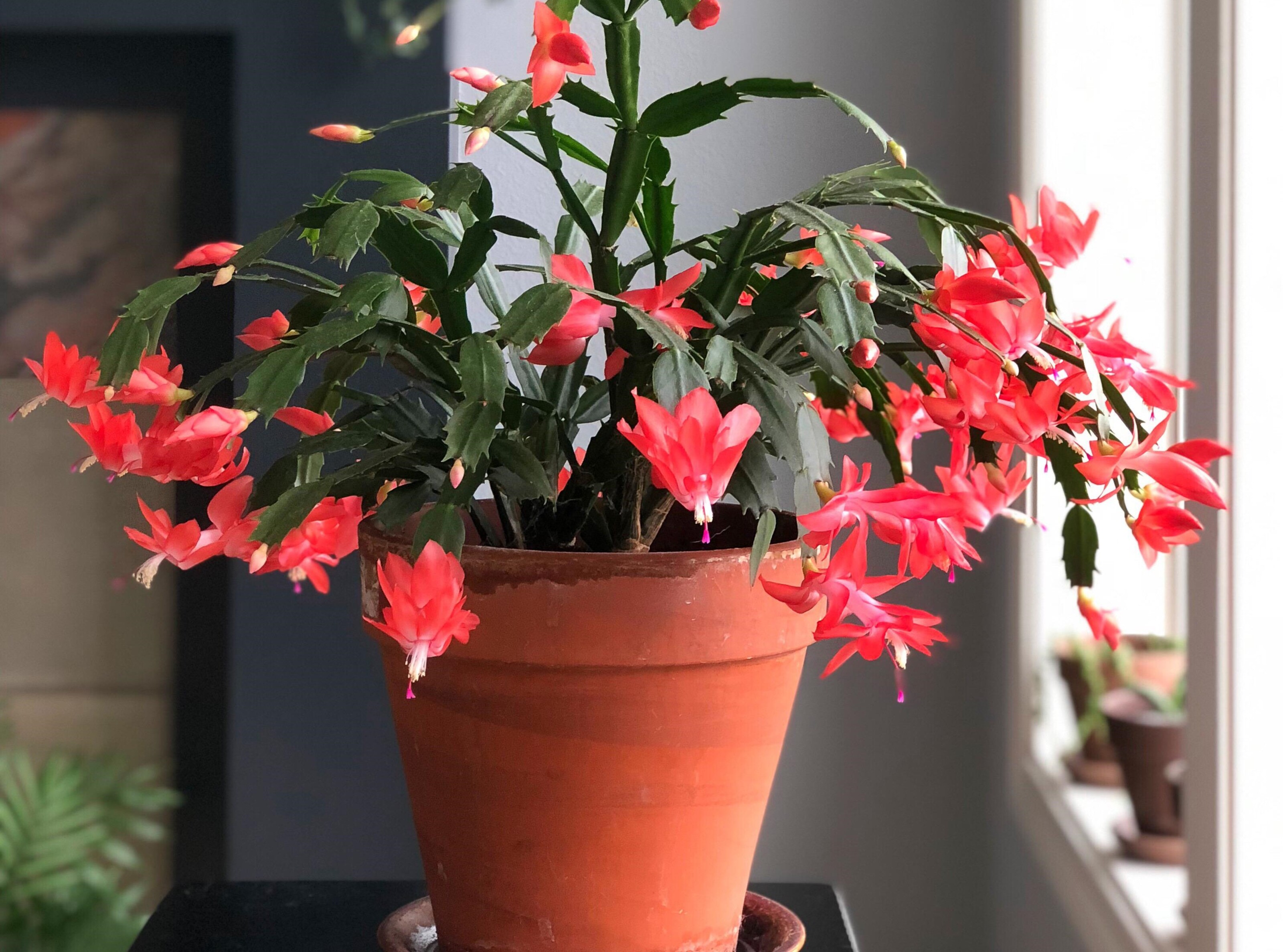

No, it's not a standard cactus that's been given a festive makeover, decorated with a string of tinsel, and topped with a crowning star. A Christmas cactus is actually a cheery plant that gets its name from the months it bursts into pink bloom. ‘Many gardening enthusiasts cherish the Christmas cactus for its ability to produce beautiful holiday blooms year after year,’ says Lina Cowley, a master botanist and senior editor at Trimmed Roots. Between late November to late January, the cactus, also known as Schlumbergera, comes into its own and seems to be celebrating the festivities in its own way with a display of bright pink bloom.
I'm all for propagating plants, my favorite and biggest plants in my personal plant collection once took the form of small cuttings taken from generous friends' homes. Christmas cactus care is simple — it is a hardy and resilient plant, and one of the easiest houseplants for beginners, making it the perfect plant to attempt propagating. What's more, turning one plant into many can also make a great gift idea. But how does one go about propagating and caring for this beloved houseplant? Let's take a closer look at exactly what's needed to help a Christmas cactus thrive.
1. Get the perfect cutting
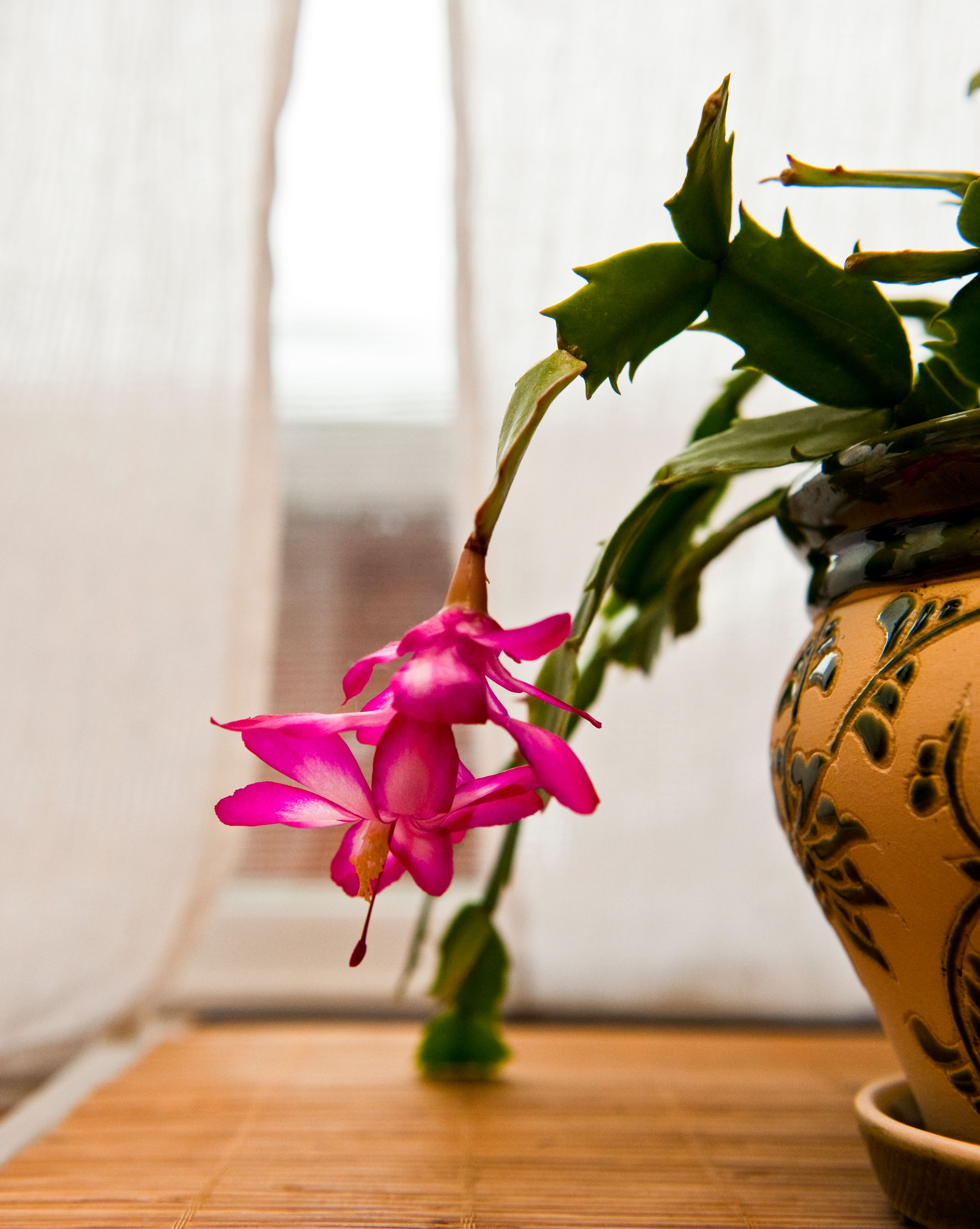
Step one in propagating a Christmas cactus is getting the perfect cutting. First up, make sure the Christmas cactus you are taking cuttings from isn't budding or in bloom. ‘Make sure you are taking cuttings from a mature, healthy parent plant,’ says Lina Cowley, master botanist at Trimmed Roots.
'Next, it's about choosing a healthy, mature segment. 'Propagating a Christmas cactus is a relatively straightforward process,' adds professional gardener Zahid Adnan of The Plant Bible, 'just make sure you choose a healthy, mature segment of the Christmas cactus. Each segment should have at least three to four leaf-like sections.'
Make sure you pinch a section off of your Christmas cactus at a joint instead of cutting, twisting gently until it breaks free with ease, and be sure not to break a segment off in the middle.
An important step is then to allow the cut ends to callus over for two to seven days in a cool, dry place before planting. 'Let it dry, allowing the chosen segment to dry for a few hours or overnight,' says Zahid. 'This helps to prevent rot when planting.'
2. Directly plant into moist soil
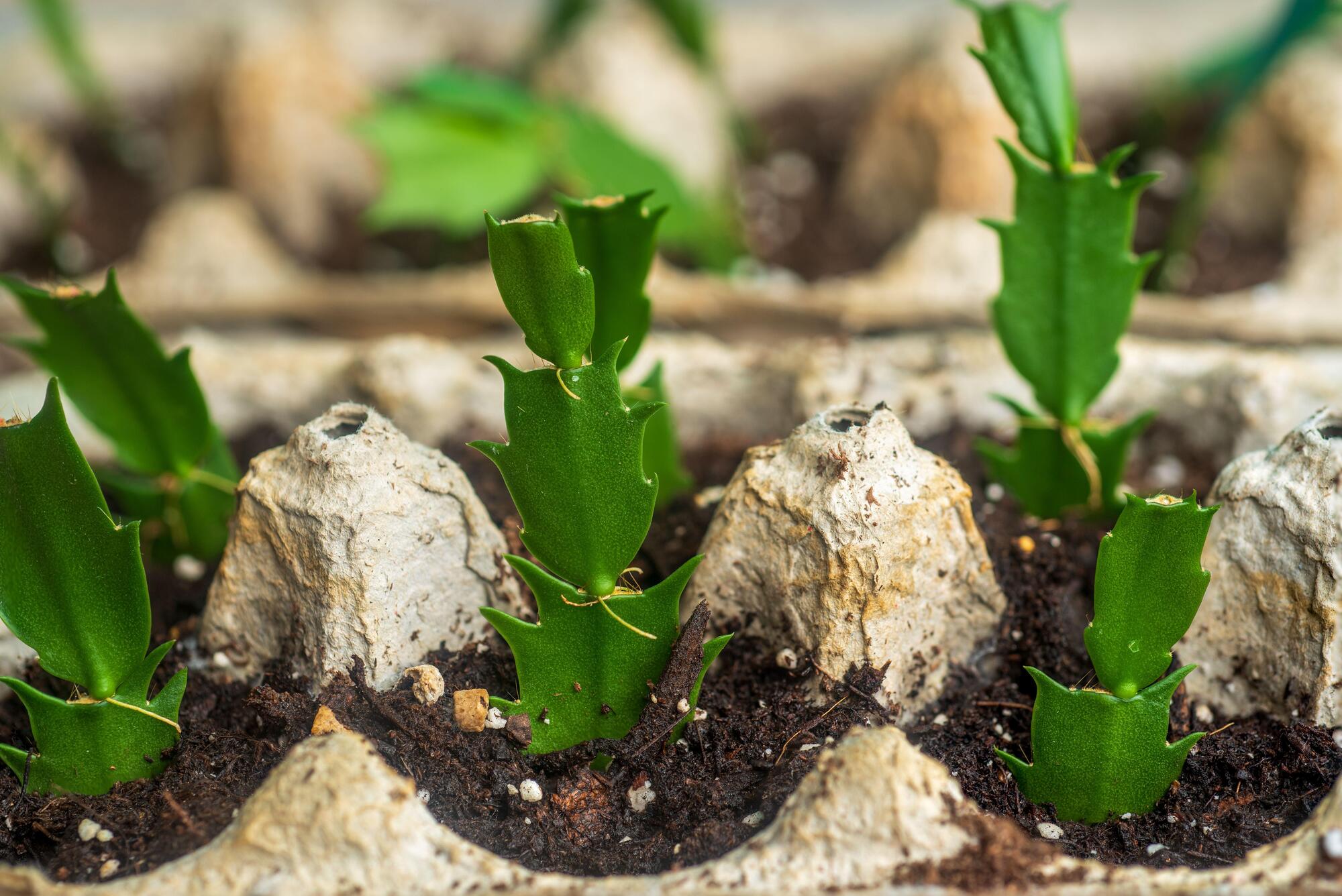
Next up, it's time to decide whether you want to propagate by planting directly into soil or propagating using the tried and tested water method (my personal favorite). For direct planting, place your cutting directly into moist potting soil halfway up the first or second segment.
‘Plant the dried segment in a well-draining soil mix, burying about one to two segments deep,’ says Zahid. 'A fast-draining potting mix such as an African violet potting mix (like this from Amazon) or cactus or succulent blend are good options,' recommends Lina. Gently firm the soil around each cutting. 'Make sure to provide adequate moisture too and keep the soil consistently moist but not waterlogged,' says Zahid. 'Mist the cutting regularly.'
Soil might be the easiest step, but it's worth noting that there is a smaller success rate with soil-propagated cuttings, so it might be a houseplant propagation mistake to plant in soil. There is a lot of competition for oxygen, meaning bacteria and fungi use the oxygen too.
Bacteria can often lead to root rot and eventually kill your plant. Meanwhile, water doesn't contain as many bacteria and fungi so is a cleaner, more reliable method of propagation.
3. Or try the water propagation method
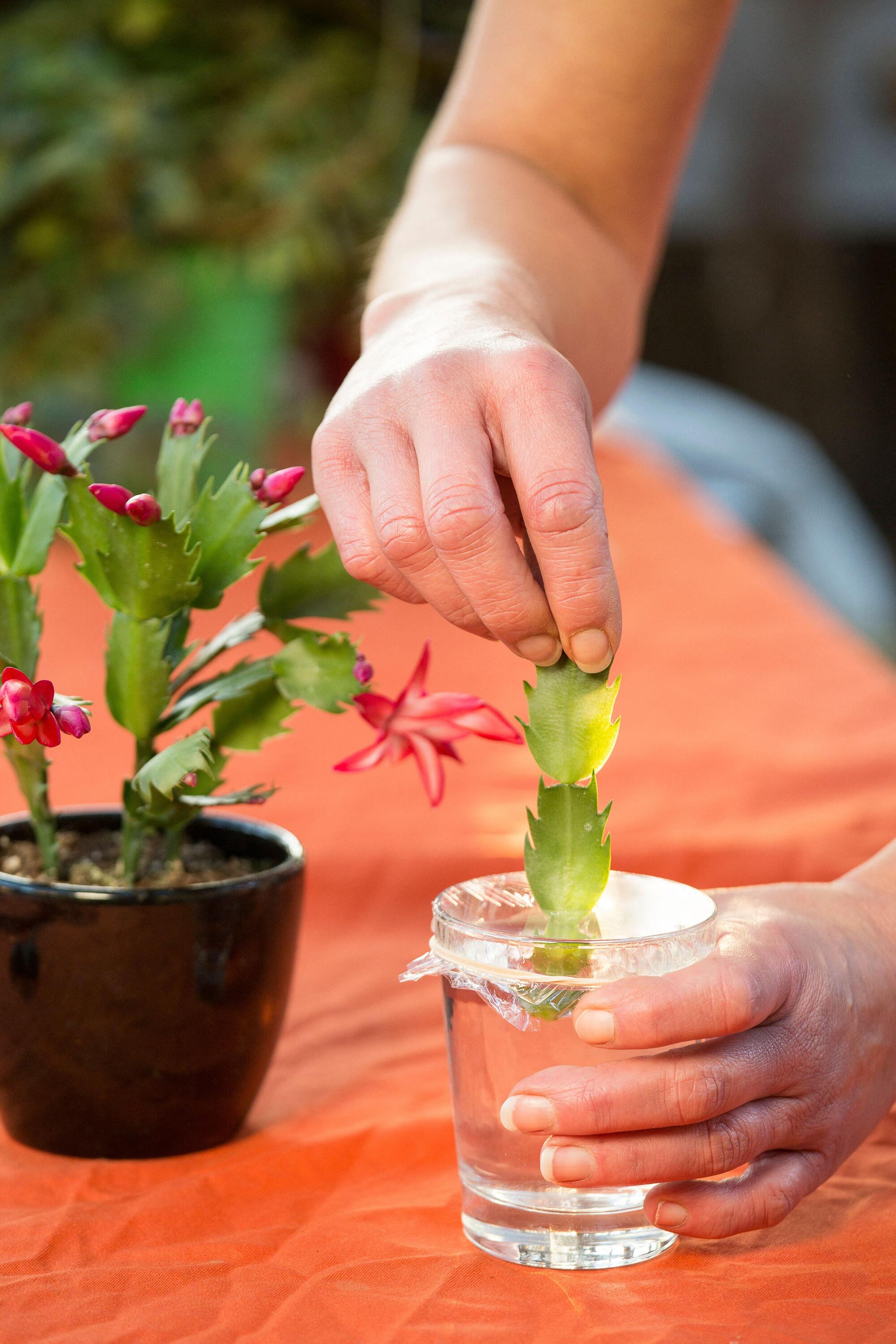
For water propagation, take your indoor plant cutting and place it into a small jar. You can get handy water propagation glasses that come with a lid with a hole in to balance your plant upright, otherwise a jar or vase will work (another nice gift idea for avid plant-lovers).
Make sure the bottom inch of the cutting is submerged in water. If you want to help hold the cutting in place, you can also add a few stones that are carefully placed to keep it balanced.
'For water propagation, suspend each cutting over a container of clean water with the cut ends submerged,' says Lina. 'Add just enough water to cover the bottom one or two segments.
'Replace the water weekly to prevent rotting, and once roots are one to two inches long, it's time to pot up the cuttings into a well-draining potting medium recommended for soil propagation.'
4. Care for your cutting
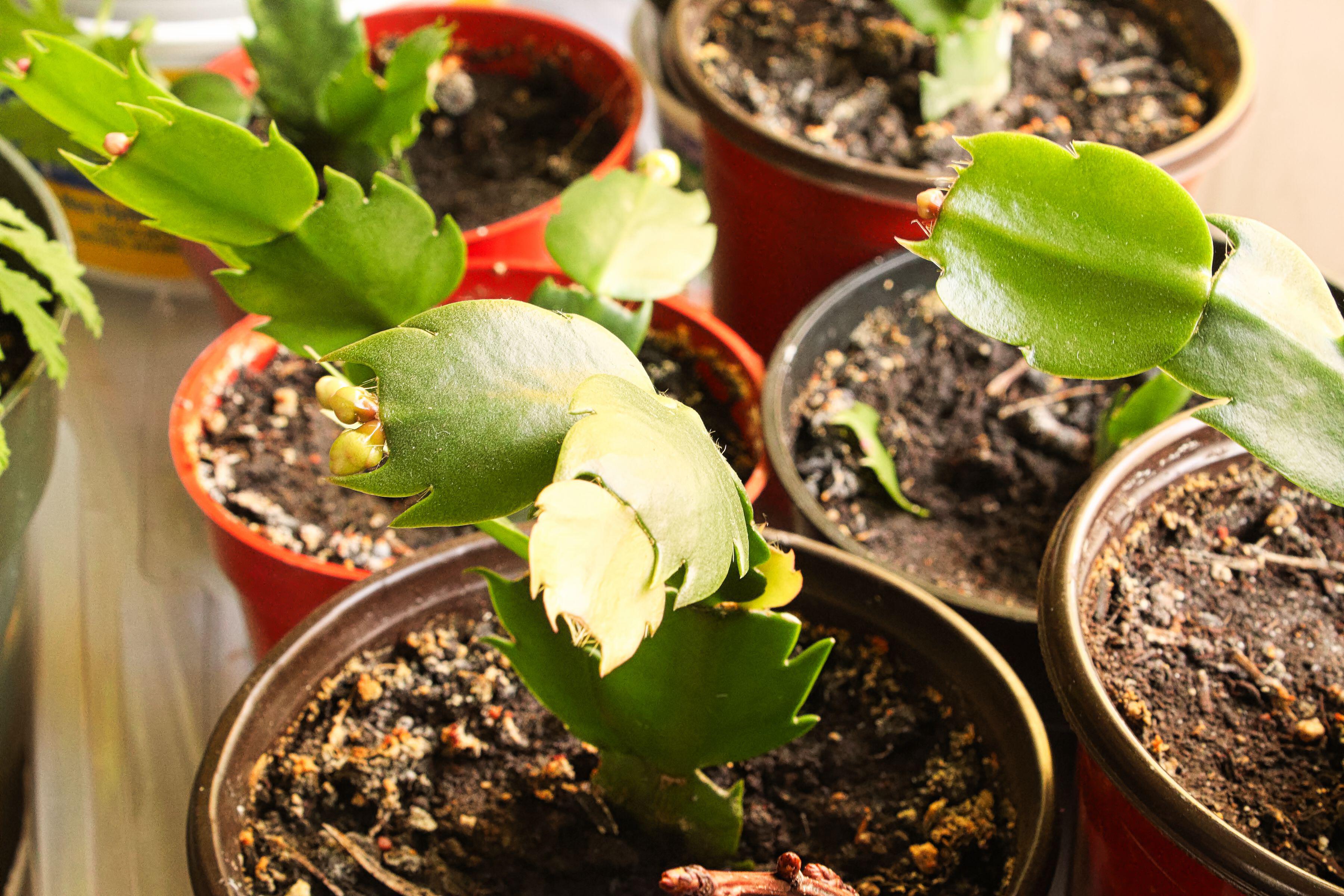
Next, it's time to watch and wait, but make sure you keep an eye on how your cutting is doing. With adequate care, cuttings should root in about six to eight weeks. A Christmas cactus is a low-maintenance plant for indoor gardening, so following this propagation process guarantee quick results.
In their natural habitat, Christmas cacti get lots of bright light that filters through the trees, so try and recreate this environment at home, meaning not too much light or heat. Choose placement near an east-facing window or a bit away from your south-facing window.
Avoid a north-facing window as it's unlikely to thrive. Make sure to keep your propagating cutting away from heating or cooling vents as this drastic change in temperature can mess with the conditions.
‘Provide the ideal conditions,' says Zahid. 'Remember that Christmas cacti prefer indirect light and temperatures between 60-70°F during the day and a bit cooler at night,' he adds.
5. Potting your cutting
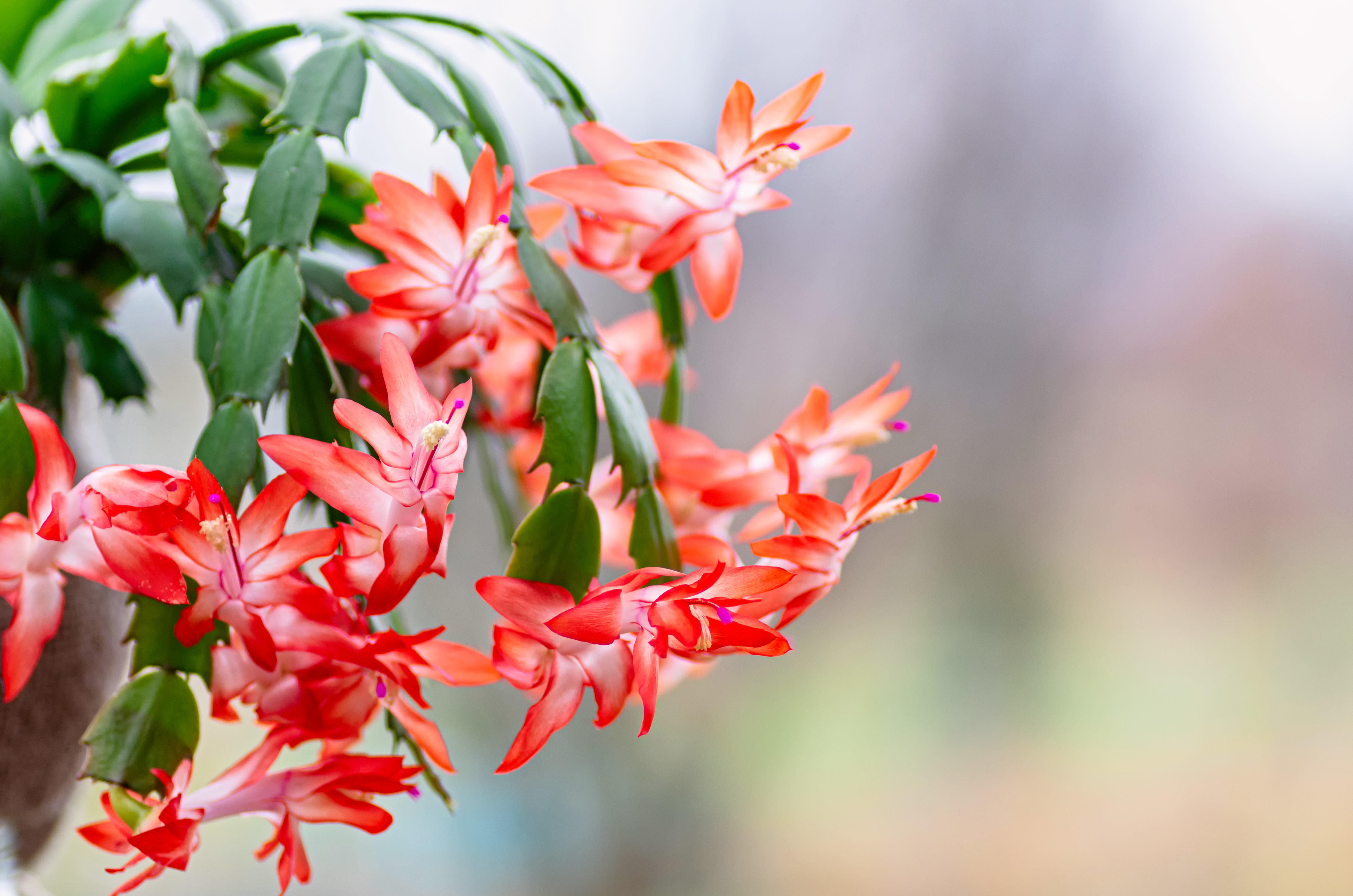
After around six to eight weeks, you should be able to spot roots. If they are around one inch long, they are ready to place into the soil. If they aren't quite at this length, give your Christmas cactus some more time and perhaps rethink the conditions to help it thrive at a quicker pace.
Carefully take your cactus cutting out of the water and place it on a piece of kitchen towel. Make sure to be super gentle at this point, as any broken roots or snapped leaves can kill your plant entirely. It's worth noting that Christmas cacti are arid succulents, and typically grown on rocks instead of in the ground, but you still want to plant them in the soil because it allows for water drainage.
You want your ball of roots around one inch deep from the top of a smallish pot that has ventilation at the bottom. You can place it in a small plastic pot within a larger, more decorative pot. If you're asking yourself how often should water my Christmas cactus, go for a bit of water once a week, allowing it to dry out between waters, but avoid it becoming waterlogged.
If you're giving your Christmas cactus as a gift, jazz up the pot with a little red bow or a bit of festive tinsel to turn it into something that celebrates the season.
Be The First To Know
The Livingetc newsletters are your inside source for what’s shaping interiors now - and what’s next. Discover trend forecasts, smart style ideas, and curated shopping inspiration that brings design to life. Subscribe today and stay ahead of the curve.

Former content editor at Livingetc.com, Oonagh is an expert at spotting the interior trends that are making waves in the design world. She has written a mix of everything from home tours to news, long-form features to design idea pieces, as well as having frequently been featured in the monthly print magazine. She is the go-to for design advice in the home. Previously, she worked on a London property title, producing long-read interiors features, style pages and conducting interviews with a range of famous faces from the UK interiors scene, from Kit Kemp to Robert Kime. In doing so, she has developed a keen interest in London's historical architecture and the city's distinct tastemakers paving the way in the world of interiors.
-
 Turns Out the Coolest New Café is Actually In Your Kitchen — Here's How to Steal the Style of TikTok's Latest Trend
Turns Out the Coolest New Café is Actually In Your Kitchen — Here's How to Steal the Style of TikTok's Latest TrendGoodbye, over-priced lattes. Hello, home-brewed coffee with friends. TikTok's 'Home Cafe' trend brings stylish cafe culture into the comfort of your own home
By Devin Toolen Published
-
 5 Bathroom Layouts That Look Dated in 2025 — Plus the Alternatives Designers Use Instead for a More Contemporary Space
5 Bathroom Layouts That Look Dated in 2025 — Plus the Alternatives Designers Use Instead for a More Contemporary SpaceFor a bathroom that feels in line with the times, avoid these layouts and be more intentional with the placement and positioning of your features and fixtures
By Lilith Hudson Published
-
 Should I Wash Off My Christmas Tree? Bring Joy to Your Festive Foliage By Removing Dust ASAP
Should I Wash Off My Christmas Tree? Bring Joy to Your Festive Foliage By Removing Dust ASAPOur beloved evergreens act like magnets for dirt, dust, and debris. Here's why you ought to consider taking this simple step to keep it clean
By Lilith Hudson Published
-
 How to Keep Your Christmas Tree From Drying Out — Expert Tips for Famished Firs
How to Keep Your Christmas Tree From Drying Out — Expert Tips for Famished FirsReal trees bring magic into living rooms for the holidays, but if you want to avoid sparse branches and dropped needles, follow the professionals' advice
By Lilith Hudson Published
-
 How Do You Clean an Artificial Christmas Tree? Bring a Merry Glow Back Into Your Festive Foliage in 6 Easy Steps
How Do You Clean an Artificial Christmas Tree? Bring a Merry Glow Back Into Your Festive Foliage in 6 Easy StepsGet ready to bring your festive tree out of storage...but, before you put it up, you'll need to give it a refresh and here's how
By Lilith Hudson Published
-
 Why is My Christmas Tree Shedding Needles? Experts Say Stress Is One of The Factors and Here's Why
Why is My Christmas Tree Shedding Needles? Experts Say Stress Is One of The Factors and Here's WhyReal Christmas trees help to bring the Holiday spirit into your home, but no one wants a litter of needles on the living room floor
By Lilith Hudson Published
-
 A Professional Wreath Designer Spills 7 Secrets to Styling the Perfect Christmas Wreath — Fresh or Faux
A Professional Wreath Designer Spills 7 Secrets to Styling the Perfect Christmas Wreath — Fresh or FauxKatie Shute shares her trade-secret tips and tricks for making and decorating the best-looking Christmas wreath for your front door (and beyond)
By Olivia Wolfe Published
-
 "I'm a Christmas Tree Grower — These Are the Different Types of Tree to Know, and Which Look Best"
"I'm a Christmas Tree Grower — These Are the Different Types of Tree to Know, and Which Look Best"A crib sheet when shopping for your real Christmas tree this year, courtesy of growers and experts
By Hugh Metcalf Published
-
 Where to Put Your Christmas Tree, According to Feng Shui Experts
Where to Put Your Christmas Tree, According to Feng Shui ExpertsHere's how to position and decorate your Christmas tree to influence the energy your home attracts
By Marina Rabin Published
-
 I'm an Interior Stylist Who Knows How to Make Your Christmas Lights Work a Million Times Harder
I'm an Interior Stylist Who Knows How to Make Your Christmas Lights Work a Million Times HarderThere’s no one better than Livingetc’s long time contributor, the stylist Hannah Franklin, to advise on how best to use Christmas lights to make spaces feel like magic
By Hannah Franklin Published
